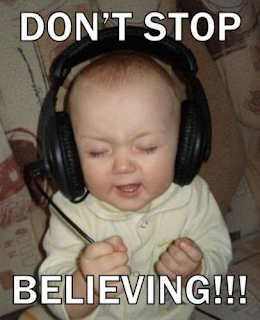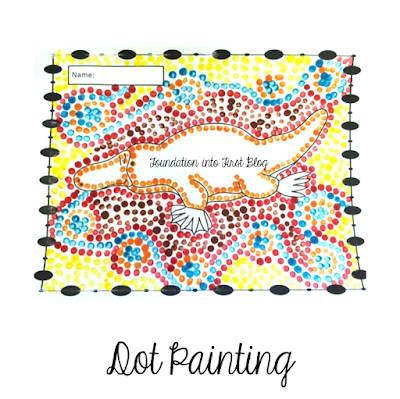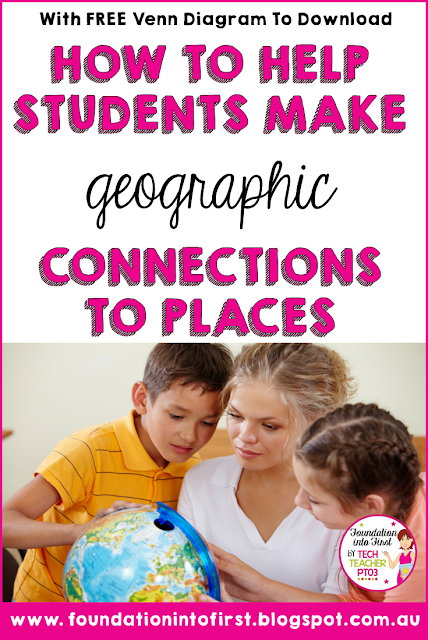Every term I help my students create student goals that will keep them focused and engaged. We explore how to set the goal, how to measure the success of that goal and how we know we will have achieved that goal.
But do you set yourself goals as their teacher?
I'm not talking about data walls or evidence of learning - those are important of course, but I'm talking about the whole teacher.
What drives you day to day?
What makes you want to get out of bed and open that classroom each day?
What gives you the energy to spend your whole Sunday planning rather than Netflix binging another episode?
Teachers are humans (news flash) and this seems to be forgotten about in the push for teachers to undertaken more administration tasks, parent meetings, collection of returned signed forms and other such extra-curricular items.
Teachers matter (wasn't that a slogan somewhere?).
So how do you get your teacher mojo on again and who has the time to set goals anyway, right?
Keep it simple.
WHAT
WHEN
HOW
WHAT
What drives you? This is a big question to answer but be honest with yourself. Personally I get excited when I see a new resource that will engage my students in a way that they haven't been engaged before. I get excited when I see a resource that makes a previously dull subject more interesting. Often I can hardly wait to get to that part of the day when I can introduce my new found exciting little toy/find/resource/printable whatever it is.
At the moment I have been playing learning with SeeSaw in my class. If you haven't tried it, it's very exciting! Think of Facebook but just for your class and private. My students are so excited as well as we are Vlogging their responses to the reading text in reading groups.
Whatever it is that makes you want to teach. Find it. Find that one thing and hold on to that feeling. Don't let the curriculum drag you down (I used to love xyz until they made us do xyz). Curricula change, staff change, students change but your passion for teaching shouldn't change.
Write the WHAT down by starting with "What I love about teaching is..."
WHEN
How are you going to hang on to that feeling? There will be times when you don't love teaching as much, how will you get that mojo back again?
I know, myself, I just have to spend 10 minutes on Pinterest searching for key terms for my next unit and I start getting some great ideas. What will you do WHEN you feel you are losing your passion?
Write down WHEN "When I feel I'm losing my teacher mojo I will..."
HOW
How will you know you have your teaching mojo back again? What are those descriptors, that we always teach students, that help us to identify a feeling or thought.
For me I know how I'm going to feel when I have my teaching mojo back because I will feel inspired, driven, artistic, creative, challenged, passionate and ready to make a difference.
Write down HOW you will feel when you are feeling passionate about teaching again.
Now what?
Keep those notes somewhere, in your diary perhaps, anywhere where you will see them from time to time. When you're feeling low take a look at them and try to recall those feelings. Follow your own instructions and when you're losing the will to keep teaching, use your go-to remedy you recorded.
We're teachers. We're not in it for the money. We do it because we LOVE teaching.
Remember, this is about what drives you. Because what drives you is contagious and will drive the students as well. It's a win, win.
Enjoy your holidays and hold on to that feeling!




























